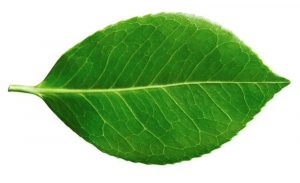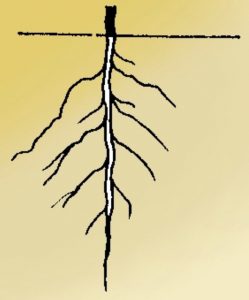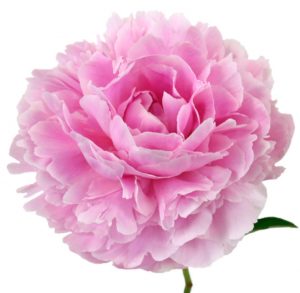NCERT Solutions for Chapter 7 Getting to know Plants for Class 6
Question 1. Correct the following statements and rewrite them in your notebook.
(a) Stem absorbs water and minerals from the soil.
(b) Leaves hold the plant upright.
(c) Roots conduct water to the leaves.
(d) The number of petals and stamens in a flower is always equal.
(e) If the sepals of a flower are joined together, its petals are also joined
together.
(f) If the petals of a flower are joined together, then the pistil is joined to the
petal.
Answer
a)Roots absorbs water and minerals from the soil.
(b) Stem hold the plant upright.
(c) Stem conduct water to the leaves.
(d) The number of petals and sepals in a flower is not always equal.
(e) If the sepals of a flower are joined together, its petals are separate and not joined together.
(f) If the petals of a flower are joined together, then the pistil is not necessarily joined to the petal.
2. Draw (a) a leaf, (b) a taproot and (c) a flower, you have studied for Table 7.3.
Answer
a) Leaf
b) A taproot
c) A flower
Question 3. Can you find a plant in your house or in your neighbourhood, which has a long but weak stem? Write its name. In which category will you place it?
Answer Money plant ,peas , cucumber are the plants in neighbourhood having long but weak stem.
Question 4. What is the function of a stem?
Answer The functions of a stem are:
1)The stem holds the plant upright (or erect).
2)The stem of a plant carries water and minerals from the roots to the leaves and other parts of the plant.
3)The stem carries the prepared food from leaves to other parts of the plant .
4) The stem hold the leaves in such a way that the leaves are able to get plenty of sunlight for preparing food by photosynthesis.
Question 5. Which of the following leaves have reticulate venation?
Wheat, tulsi, maize, grass, coriander (dhania), China rose
Answer Tulsi, Coriander (Dhania) and China rose.
Question 6. If a plant has fibrous root, what type of venation do its leaves have?
Answer Parallel venation.
Question 7. If a plant has leaves with reticulate venation, what kind of roots will it have?
Answer Taproot
Question 8. Is it possible for you to find out whether a plant has taproot or fibrous roots by
looking at the impression of its leaf on a sheet of paper?
Answer Yes. We can identify the type of leaves by looking at its roots.
Plants having leaves with reticulate venation have tap roots.
Plants having leaves with parallel venation have fibrous roots.
Question 9. What are the parts of a flower.
Answer The main parts of flower are: sepals, petals, stamen and pistil .
Question 10. From the following plants, which of them have flowers?
Grass, maize, wheat, chilli, tomato, tulsi, peepal, shisham, banyan, mango, jamun, guava, pomegranate, papaya, banana, lemon, sugarcane, potato, groundnut
Answer The plants which have flowers are Maize, wheat, chilli, tomato, tulsi, peepal, shisham, banyan, mango, jamun, guava, pomegranate, papaya, banana, lemon, potato.
Question 11. Name the part of plant which produces food. Name the process.
Answer Leaves produce food for plant by the process of photosynthesis.
Question 12. In which part of a flower, you will find the ovary?
Answer Ovary is present in the pistil of flower.
Question 13. Name two flowers in which one has joined sepals and the other has separate sepals.
Answer Plants with joined sepals : Datura and Tomato flower. Plants with separated sepals : Lotus and Rose.



Thanks class notes it was really helpful to me even though it also solved my doubts
thans